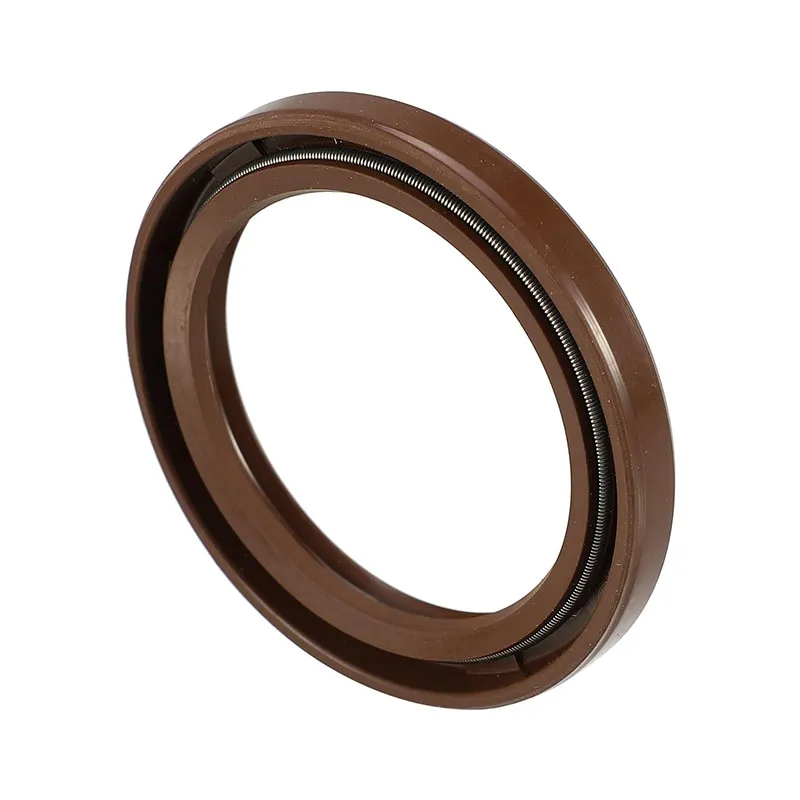oil pan plug gasket
Understanding the Importance of Oil Pan Plug Gaskets
The oil pan is a vital component of any internal combustion engine, responsible for holding the engine oil and ensuring the lubrication system operates effectively. One crucial element of the oil pan assembly is the oil pan plug gasket. This often-overlooked component plays a significant role in maintaining oil integrity and engine performance.
What is an Oil Pan Plug Gasket?
An oil pan plug gasket is a sealing component located between the oil drain plug and the oil pan. Its primary function is to prevent oil leaks when the drain plug is tightened into the pan. Generally made from materials like rubber, neoprene, or other synthetic compounds, these gaskets are designed to withstand the high temperatures and pressures exerted in an engine's environment.
Importance of the Oil Pan Plug Gasket
1. Preventing Oil Leaks The primary function of the oil pan plug gasket is to create a tight seal that prevents engine oil from leaking out. If the gasket fails or deteriorates over time, it can lead to significant oil loss. This condition not only reduces the oil level in the engine but can also cause a decrease in lubrication efficiency, leading to increased friction and wear on engine components.
2. Maintaining Engine Efficiency Proper oil levels are crucial for engine performance and efficiency. Low oil levels can lead to overheating, engine knocking, and ultimately catastrophic engine failure. A functioning oil pan plug gasket ensures that the oil stays where it belongs, thus promoting optimal engine performance.
3. Environmental Protection Oil leaks do not just pose risks to an engine's health; they also have significant environmental implications. Oil that drips onto roads or into waterways can cause environmental damage, harming wildlife and contaminating soil. A reliable oil pan plug gasket minimizes the risk of leaks, contributing to a cleaner environment.
Signs of a Failing Oil Pan Plug Gasket
oil pan plug gasket

Being aware of the signs of a failing oil pan plug gasket can help you address issues before they become severe. Common indicators include
- Oil Puddles Underneath the Vehicle If you notice oil collecting beneath your vehicle, it might be a sign of a failing gasket or a loose oil drain plug. - Low Oil Levels Regularly checking your oil levels is crucial. If you find your oil level decreasing more quickly than expected, it may indicate a leak due to a damaged gasket.
- Engine Noise Insufficient lubrication due to oil loss can lead to increased engine noise or knocking, signaling that the engine isn't receiving adequate oil.
Maintenance and Replacement
Routine maintenance is key to the longevity of an oil pan plug gasket. When performing an oil change, it’s wise to inspect the gasket for signs of wear or damage. If the gasket appears cracked or brittle, it should be replaced immediately to prevent leaks. Most mechanics recommend replacing the oil pan plug gasket every time you change the oil, especially if it's older or has been subjected to high temperatures.
When replacing the oil pan plug gasket, it is essential to clean the mating surfaces thoroughly and ensure the new gasket is properly seated to avoid future leaks. The torque specifications set by the vehicle manufacturer should always be adhered to, as overtightening can cause the gasket to deform or fail prematurely.
Conclusion
While the oil pan plug gasket may seem like a small and inconsequential part of an engine, its importance cannot be understated. By ensuring that it remains functional and intact, vehicle owners can protect their engines, promote efficiency, and minimize environmental impact. Regular maintenance and vigilant inspections can extend the lifespan of this component and ensure the long-term health of your vehicle’s engine.
-
Understanding the Front Main Engine Seal: Purpose, Maintenance, and Installation
News Jul.29,2025
-
Understanding O-Rings and Seal Rings: Types, Applications, and Custom Solutions
News Jul.29,2025
-
Understanding Crankshaft Oil Seals: Rear Seals, Pulley Seals, and Their Role in Engine Integrity
News Jul.29,2025
-
The Importance of Front and Rear Crankshaft Seals in Engine Performance and Oil Management
News Jul.29,2025
-
Crank Oil Seals: Functions, Types, and Cost Considerations in Engine Maintenance
News Jul.29,2025
-
A Comprehensive Guide to O-Rings and Seals: Types, Materials, and Global Applications
News Jul.29,2025
-
Mastering Diesel and Performance Engine Maintenance: A Guide to Critical Oil Gaskets
News Jul.28,2025
Products categories















